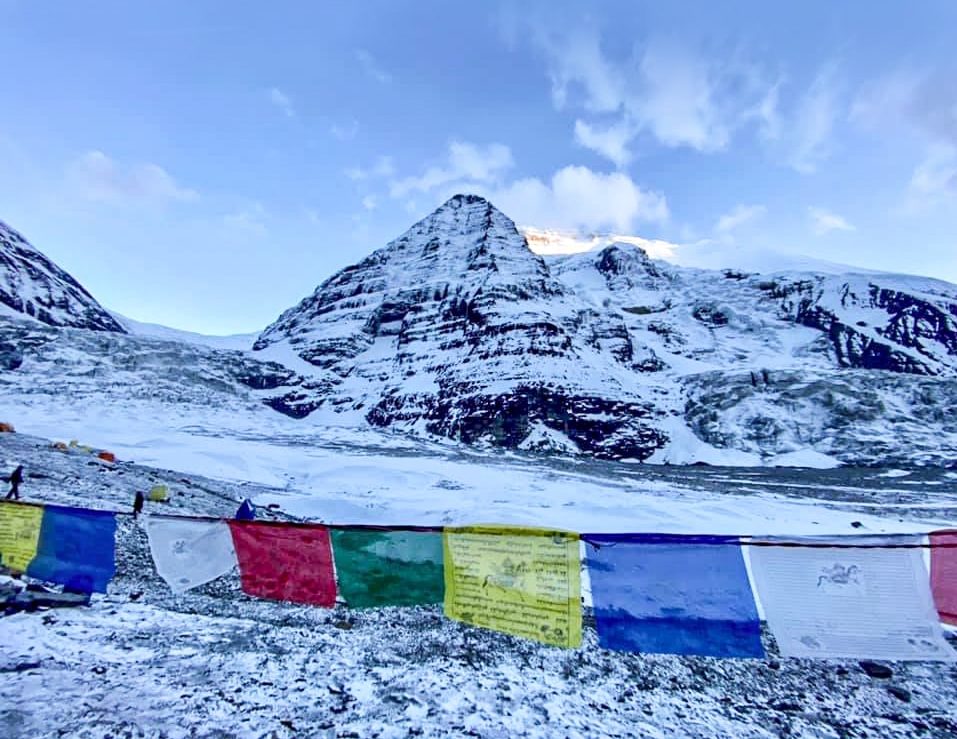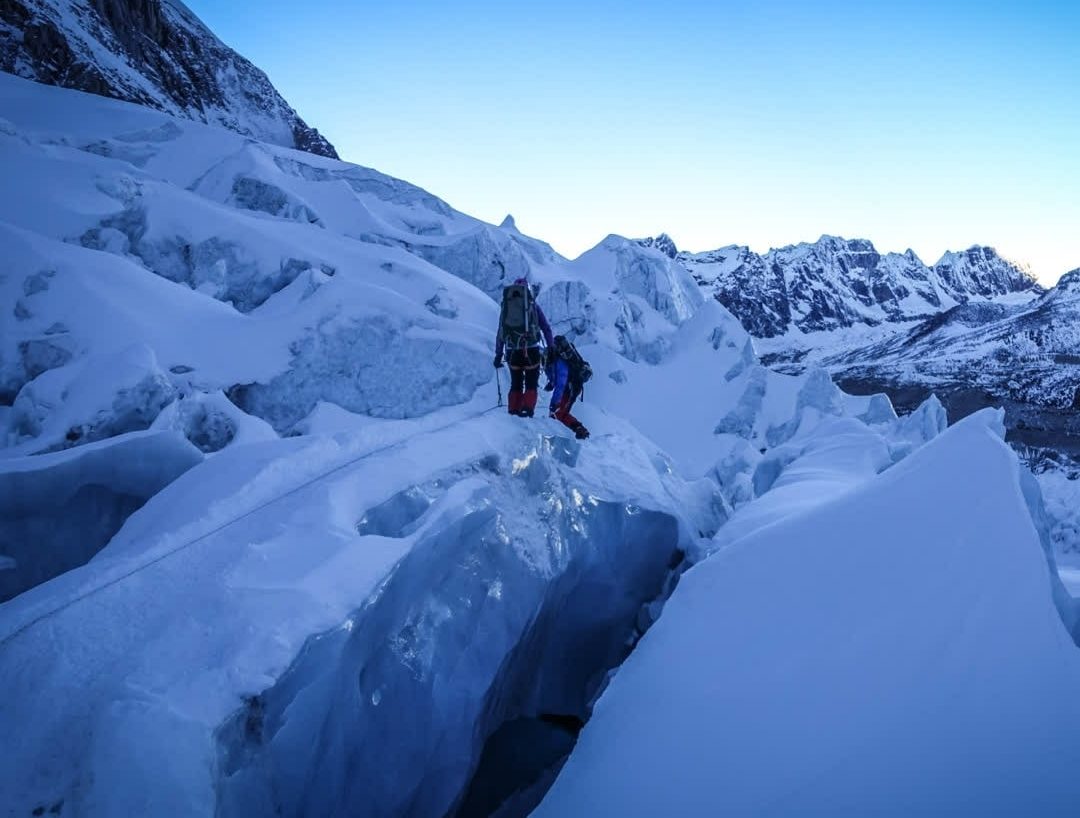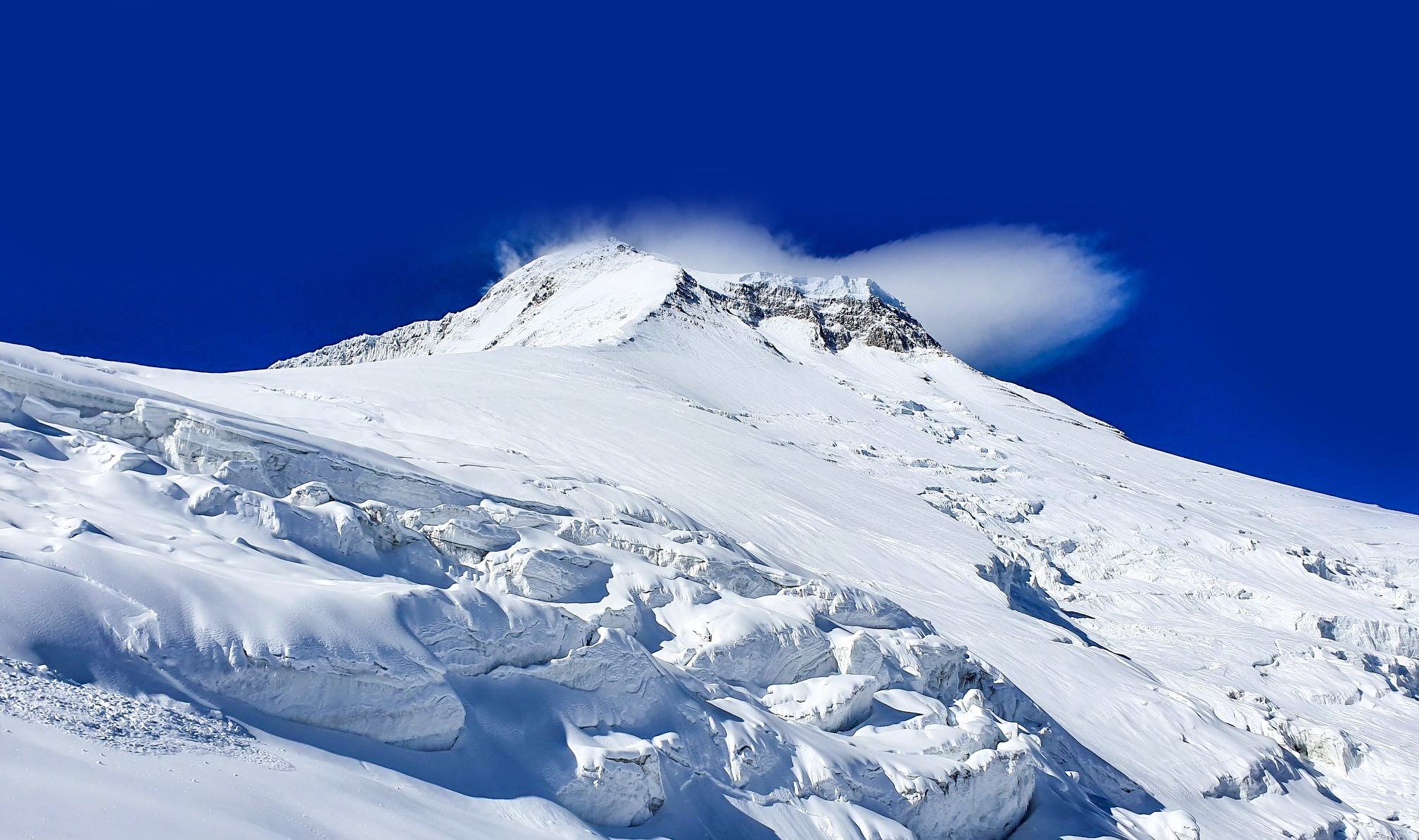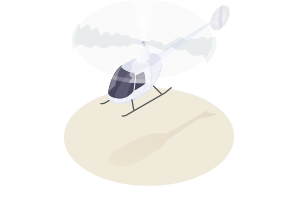Overview
Dhaulagiri (8,167 m), the world’s seventh-highest mountain, is located in north-central Nepal. The name ‘Dhaulagiri’ is derived from the Sanskrit word ‘dhavala’ which means “White” and Giri is “Mountain” Dhaulagiri’s crest stretches for thirty miles, lending structure to an otherwise tangled topography of twisting ridges, glaciers, and ice falls. Along the main crest, several pyramid-shaped peaks rise. Four of its summits- from east to west rise above 25,000 ft.
The mountain was sighted by British surveyors in India in the early 1800s and was mapped by one of the secret Indian surveyors, the pundits, in 1873, but the region was remained largely unknown until a Swiss aerial survey was done in 1949.
Mount Dhaulagiri Expedition was climbed first in 1960 by an international team under the leadership of Max Eiselin, Lucerne. The way of the first ascent is the normal route of today. There are, however, two main possibilities to reach the base camp. Both ways start from the south at the small town of Beni (860 m) which can be reached by bus from Pokhara and Kathmandu.
The eastern valley is called Kali Gandaki and was chosen by the French expedition in 1950. Today there is even an airport at Jomsom in this valley. On the west side of this valley is Dhaulagiri, on the east side is Annapurna. The alternative route is the Mayanghdi valley, which was discovered by a Swiss expedition one year later. Today there are commercial trekking tours that climb on one side, reach the base camp, and come back through the opposite valley.
High Himalaya Treks & Expedition will arrange all necessary infrastructures for your Dhaulagiri climb and summit. We will provide all necessary paper works for the expedition permit, organize all accommodations before and after the expedition. We organize camp facilities, transport luggage, and set up high camps, fix ropes, provide food, high altitude food, high-quality tents, porters, professional Climbing Sherpas, oxygen, satellite telephone, Waki Talkie set, counseling and assistance.









